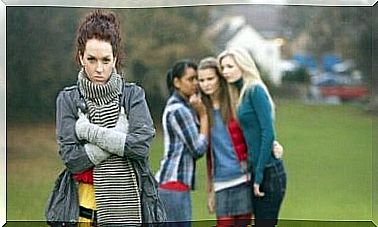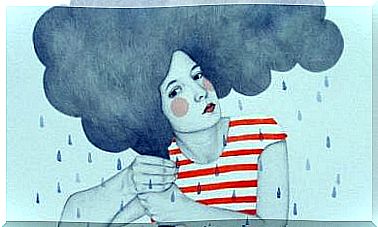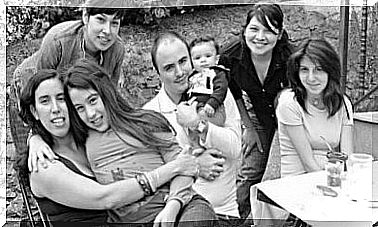Characteristics Of Prejudice And Radicalization
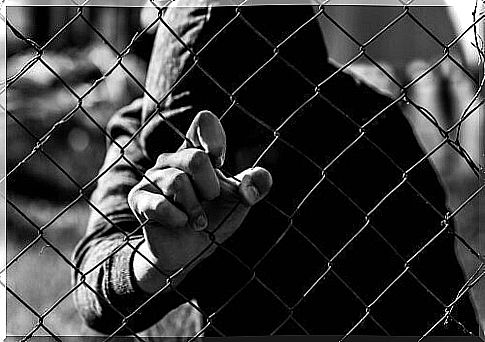
The radicalization process and the characteristics of prejudice are closely linked. The growing radicalization of societies is favored by critical situations caused by different types of ideologies (Moyano-Pacheco, 2017). Our perception of risk has increased, thanks to the media impact of terrorism and the violence of political confrontation.
For the social sciences, understanding the phenomenon of radicalization and terrorism is a prerequisite if we want to prevent violence. But it is also useful for the rehabilitation of those who have fallen under the influence of violent groups. This focuses on the dynamics of identification and recruitment of vulnerable subjects.
Radicalization is a complicated and multidimensional phenomenon; in fact, the variables that contribute to it are numerous. Therefore, its analysis must take place taking into account the intersection of the different psychosocial variables (Kruglanski et al, 2014).
The social science interpretation of the factors leading to the radicalization process helps answer the difficult question: what leads a person to embrace a political or religious belief not shared by the majority?
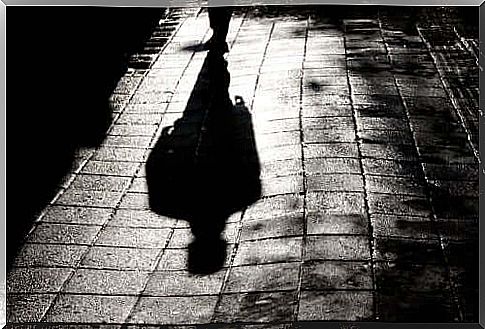
The path to radicalization
The concept of radicalization can be defined as a process in which an increase of ideas, emotions and behavior of a violent nature is produced in support of an intergroup conflict. It generally has its roots in a cover ideology (Moyano and Trujillo, 2013).
Everything indicates that radicalization is the step that precedes a violent act even if, obviously, not all radicalized will succeed in doing it. This implies that while radicalization is a necessary first step, it does not necessarily result in violence.
We can say that radicalization, more than a state, is a process. Psychosocial factors play a very important role in this process (Moyano-Pacheco, 2017). Currently, both in social media and in secular perception, false myths are widespread that should be dismantled.
One of these is the existence of a standard profile of a radicalized and terrorist individual. After a systematic analysis of the available bibliography, however, it is concluded that a variety of personal, educational and socio-economic profiles exist (Victoroff, 2013). In analyzing radicalization and terrorism, therefore, it is more productive to focus on psychosocial processes rather than on the profiles of the authors. (Moyano and Trujillo, 2013).
Characteristics of prejudice from the psychosocial point of view
Prejudice can take various forms and manifestations. It also has different origins depending on the group you interact with. Gordon Allport defines prejudice, from a psychosocial point of view, as antipathy or hostility based on a faulty or inflexible generalization.
The explanation of the psychosocial characteristics of prejudice, generally directed towards members of other groups, refers to the strong need for social belonging. Commitment and emotional involvement towards the group to which one belongs lead to change one’s identity.
The image we have of ourselves is linked to the idea we have of the group, and this leads us to defend its values. The protection of “we” therefore leads to the distinction and exclusion of all those who do not fall within this definition.
Stereotypes of delegitimization lead to the moral exclusion of a group from the field of acceptable norms and values. This leads to dehumanization which, in turn, authorizes contempt and fear and justifies the violence and harm inflicted.

When prejudice gives way to violence
In the dominant groups there is an intensification of particularities and a differentiation of identities. The members of dominated groups, on the other hand, would show a tendency towards homogenization and the definition of a social identity based on the characteristics attributed to their group.
This leads us to consider the effects of social categorization and, more generally, of prejudices and stereotypes on the victim. And c ome what can legitimize violence towards minority groups and how these, in turn, can respond more violently to majority groups.
The characteristics of psychosocial prejudice and our cognitive processes lead us to elaborate stereotypes about the members of the exgroup. To reduce this tendency through rationality, we must strive to see the individual and not the group from which it comes.
Otherwise, our view of the individual will be more likely to be accompanied by corresponding stereotypes. At the official level, a line of protection must be drawn up for minorities since, as the scientific articles cited show, they are easier targets of this form of violence.

